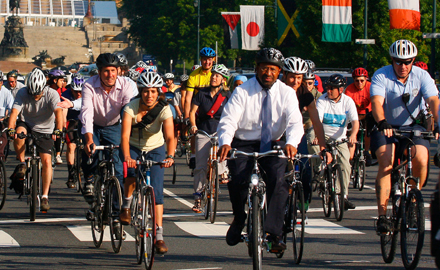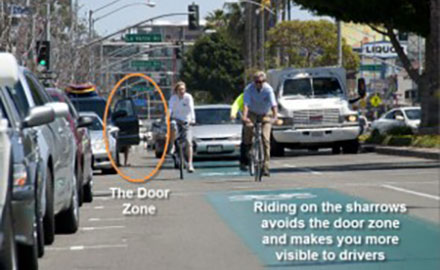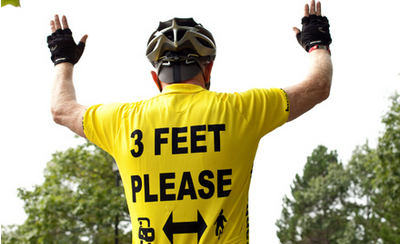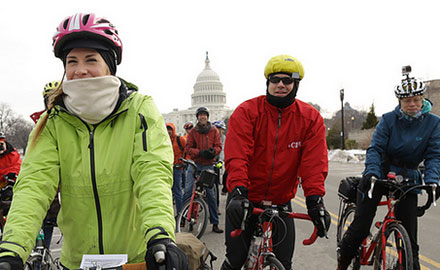Model Legislation
The League’s legal affairs committee — made up of bicycle lawyers from across the country — is working to create model legislation that can be used to improve bicyclists’ safety and comfort in your community.
Model legislation builds off of the best practices seen in current state legislation and looks to the future for improvements to existing laws. Each model law found on this page is a starting point for advocacy efforts, legislative negotiation, and future enforcement. As we work to create a Bicycle Friendly America℠ these models can guide states in the right direction.
We are also always looking for new innovations and new issues to address with legislation - if you have any ideas or stories let us know. If you have questions about any of the model laws, similar laws, or how to advocate for better bike laws please contact Ken at [email protected].
Vulnerable Road User Model Law

Learn about Vulnerable Road User Legislation and the League's Model law.
Where to Ride Model Law

Learn about where to ride laws, which provide rules for bicyclists safely riding on roadways, and the League's Model Law.
Safe Passing Model Law

Learn about safe passing laws - including 3 foot passing laws - and the League's Model Law.
Bike Law University

Learn more about laws already on the books. We've presented traffics laws in reader-friendly formats in our BLU